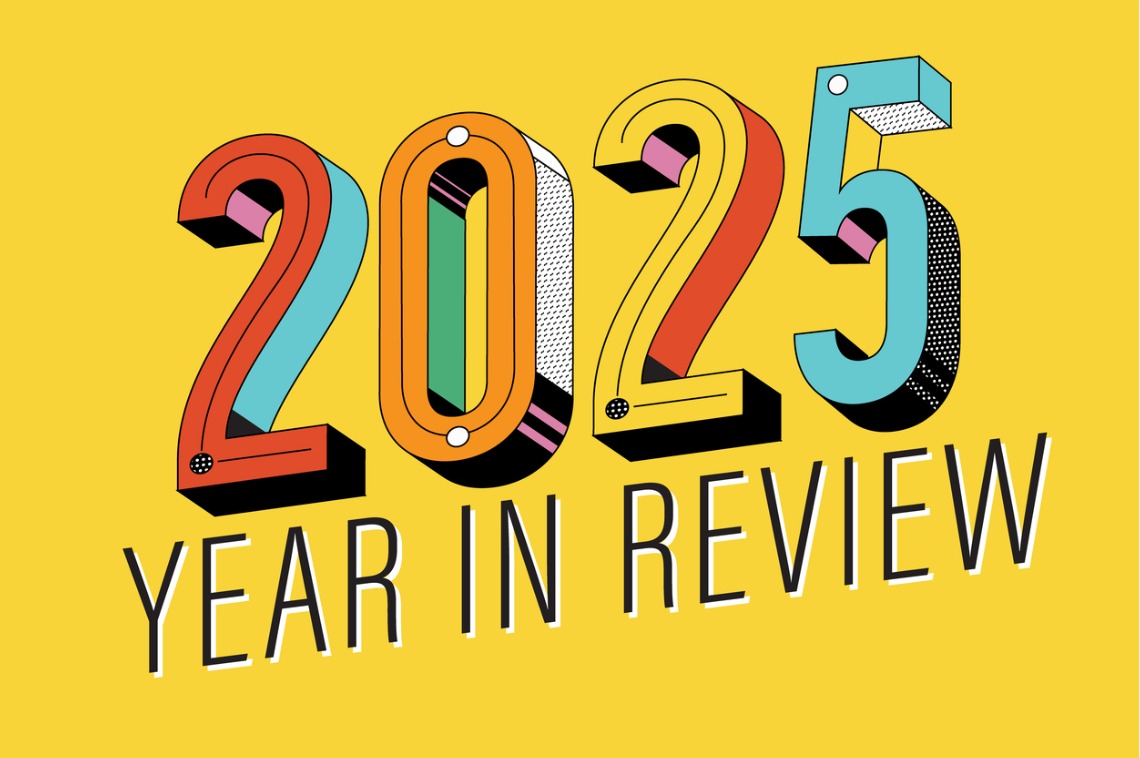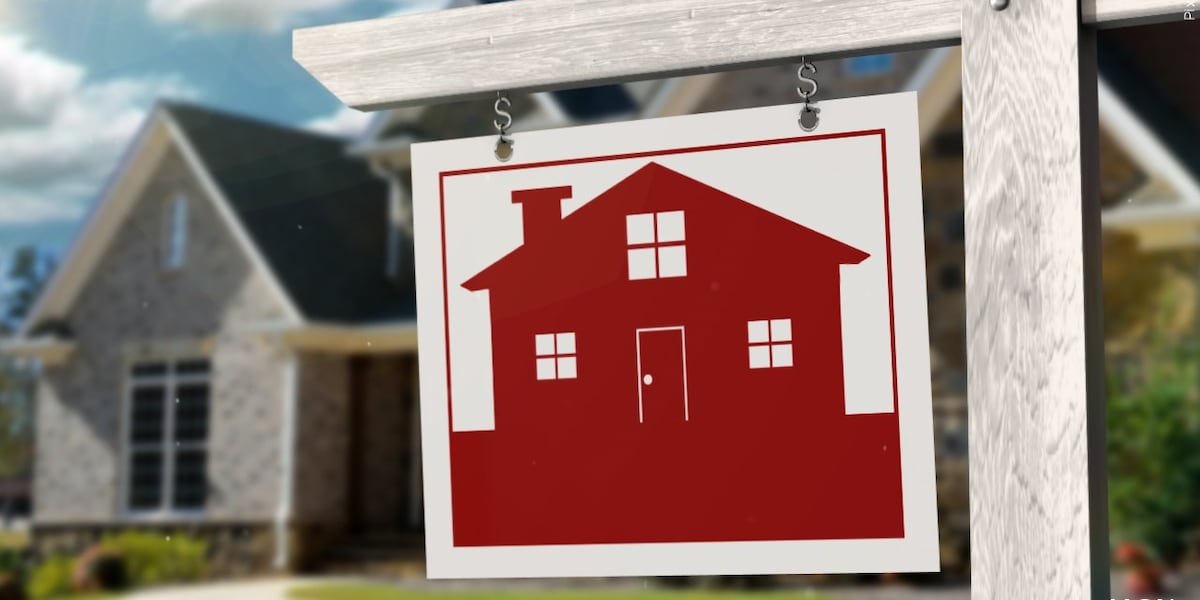T
he Global Wellness Institute's report highlights five significant shifts in the wellness real estate market. The sector is expected to experience 15.2% annual growth over the next five years, reaching a projected $1.1 trillion by 2029.
Wellness real estate now accounts for 3.3% of global construction output and has outpaced overall global construction growth with an annual rate of 19.5%. Regional markets with the fastest growth rates include Latin America-Caribbean (24%), Middle East-North Africa (22.6%), and Europe (22.4%).
The US dominates the market, accounting for 41% of the wellness real estate sector, followed by Canada, China, Australia, Japan, UK, France, and Germany, which collectively make up 85%. The national annual growth leaders from 2019 to 2024 are the UK (29%), Netherlands (27.9%), Singapore (27.5%), France (24.5%), Italy (22.9%), and Vietnam (22.6%).
The report identifies several unmet wellness real estate needs, including climate-adaptive building, health homes for low-income households, co-living models that prioritize wellness, creative sensory environments grounded in neuroarchitecture, and wellness-centric urban regeneration.
Key shifts in the market include:
* Wellness expanding into new real estate classes, such as commercial, workplace, senior living, healthcare, student housing, and industrial spaces.
* A focus on multidimensional wellness, addressing mental, social, and civic wellbeing.
* The shift from luxury to affordable options, including co-living housing, public property, and built-to-rent models.
* Portfolio wellness, with large developers creating masterplanned wellness communities.
* Green building certifications that prioritize both environmental sustainability and human health.















